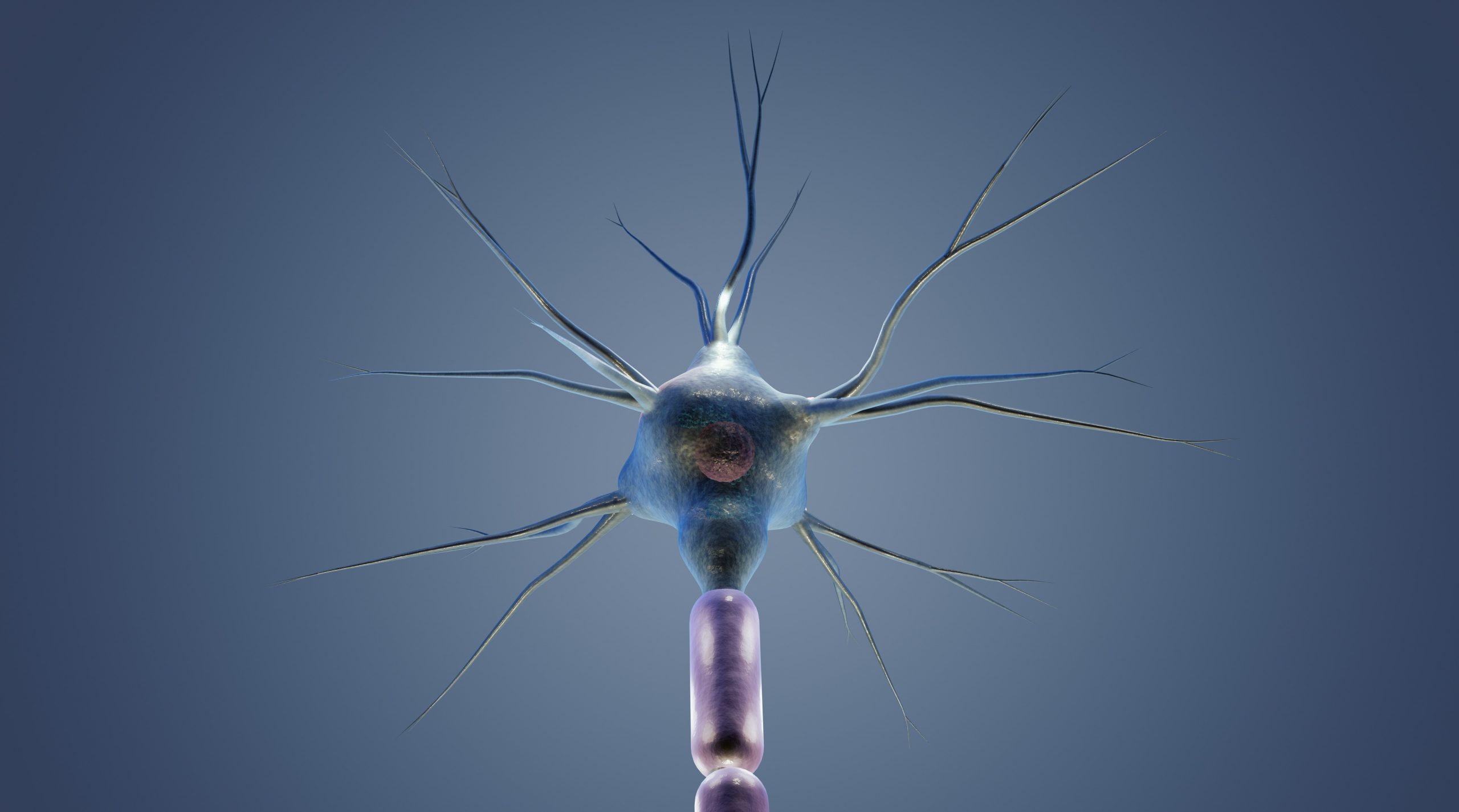
Fascinating — Woman drips with sweat from a bite of food due to rare nerve-wiring mix-up After just 75 seconds of chewing, large drops of sweat ran down the woman’s face.
Beth Mole – Sep 10, 2024 9:13 pm UTC EnlargeGetty | MICHAEL KAPPELER reader comments 26
The human body is full of marvels, some even bordering on miraculous. That includes the limited ability for nerves to regenerate after injuries, allowing people to regain some function and feeling. But that wonder can turn, well, unnerving when those regenerated wires end up in a jumble.
Such is the case for a rare neurological condition called gustatory hyperhidrosis, also known as Frey’s syndrome. In this disorder, nerves regenerate after damage to either of the large saliva glands that sit on either side of the face, just in front of the ears, called the parotid glands. But that nerve regrowth goes awry due to a quirk of anatomy that allows the nerves that control saliva production for eating to get tangled with those that control sweating for temperature control.
In this week’s issue of the New England Journal of Medicine, doctors in Taiwan report an unusual presentation of the disorder in a 76-year-old woman. She told doctors that, for two years, every time she ate, her face would begin profusely sweating. In the clinic, the doctors observed the phenomenon themselves. They watched as she took a bite of pork jerky and began chewing. Enlarge / Panel A, 10 seconds after beginning chewing; Panel B, 30 seconds after; Panel C, 50 seconds after; and Panel D, 75 seconds after.New England Journal of Medicine, coypright 2024
At the start, her face was dry and had a normal tone. But, within 30 seconds, her left cheek began to glisten with sweat and turn red from flushing. By 50 seconds, large beads of sweat coated her cheek. At 75 seconds, droplets ran down her cheek and onto her neck. Anatomy quirk
Seven years before that doctor’s appointment, the woman had undergone surgery to remove the parotid gland on that side of her face due to the growth of a benign tumor. Gustatory hyperhidrosis is a common complication after such a removal, called a parotidectomy. Some published studies estimate that up to 96 percent of parotidectomy patients will go on to develop the disorder. But, if it does develop, it usually does so within about six to 18 months after the surgerythe time it can take for nerves to regrow. But, in the woman’s case, it appeared to develop after five years since she reported that it started only two years prior to her appointment. It’s unclear why there was such a delay.
Doctors hypothesize that gustatory hyperhidrosis develops after salivary gland injuries or surgeries because of the way nerve fibers are bundled in that part of the head. The nerves that control the salivary glands are part of the parasympathetic nervous system (PSNS). This division of the nervous system is sometimes described as controlling the relatively calm “rest and digest” bodily functions, which are controlled unconsciously as part of the autonomic nervous system that controls things like heart rate.
The PSNS is in contrast to the other part of the autonomic nervous system, called the sympathetic nervous system (SNS). The SNS controls the unconscious “fight or flight” stress responses, which include sweat glands. Tangled fibers
While PSNS fibers that control the saliva glands and SNS fibers that control sweat glands are from different divisions, they come together on the side of the face. Specifically, they meet up in a tributary nerve called the auriculotemporal nerve. And, they don’t just feed into the same physical conduit, they also overlap in their chemical regulation. Often SNS and PSNS fibers are activated by different signaling molecules (aka neurotransmitters). But it just so happens that the nerve fibers that control sweat glands are activated by the same neurotransmitter that activates the fibers in the PSNS, including those regulating saliva glands. They’re both regulated by a neurotransmitter called acetylcholine.
When PSNS and SNS nerve fibers are damaged near the parotid salivary gland from injury or surgery, the nerves can regenerate. But, given their physical and chemical overlaps, doctors think that in gustatory hyperhidrosis, PSNS nerve fibers end up growing back abnormally, along the paths of SNS fibers. This ends up connecting the PSNS fibers to sweat glands in the skin. So, upon signals of eating, the crossed nerve fibers lead not to salivation but heat responses, including sweat production and blood vessel dilation, which explains the facial flushing. Living with it
Thankfully, there are various treatments for people with gustatory hyperhidrosis. They include surgical reconstruction or injections of Botox (botulinum neurotoxin), which can shut down the activity of the sweat glands. Similarly, there are topical anticholinergics, which block and inhibit the activity of acetylcholine, the neurotransmitter that activates the nerve fibers activating the sweat glands. There are also topical antiperspirants that can help.
After the doctors in Taiwan diagnosed their patient with gustatory hyperhidrosis, they discussed these options with her. But she reportedly “opted to live with the symptoms.” reader comments 26 Beth Mole Beth is Ars Technicas Senior Health Reporter. Beth has a Ph.D. in microbiology from the University of North Carolina at Chapel Hill and attended the Science Communication program at the University of California, Santa Cruz. She specializes in covering infectious diseases, public health, and microbes. Advertisement Channel Ars Technica ← Previous story Next story → Related Stories Today on Ars


